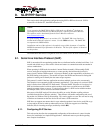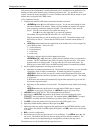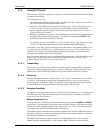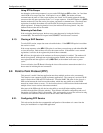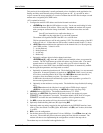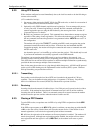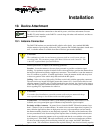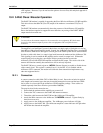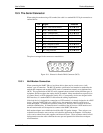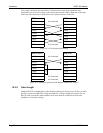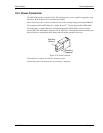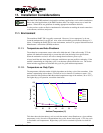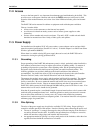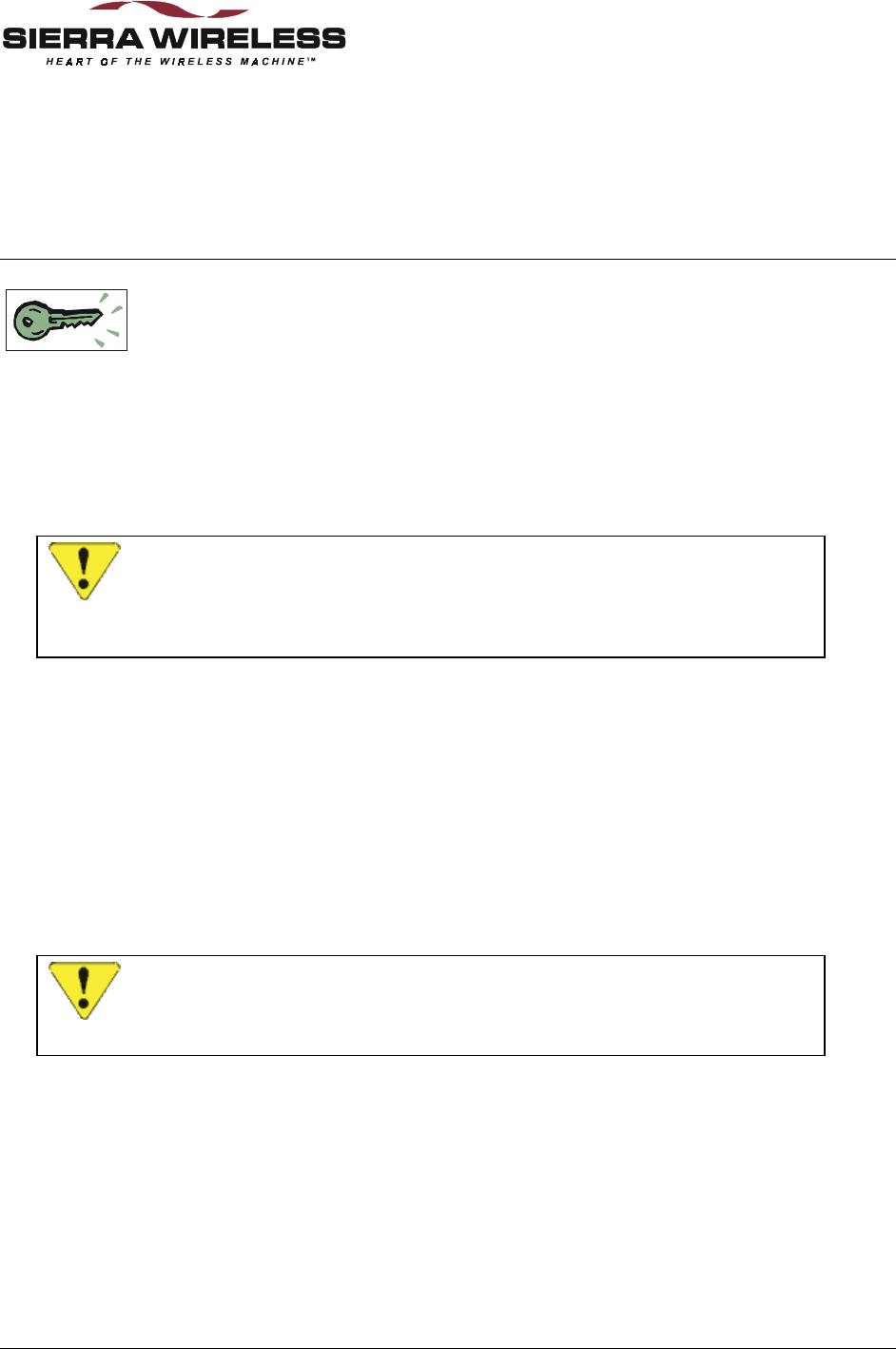
2110212 Rev 1.0 Page 87
Installation
10. Device Attachment
This section describes the connections to the unit for power, serial data, and antenna / booster.
The RS-232 serial interface to the DART is covered along with what a null modem is, and how to
determine if one is required.
10.1. Antenna Connection
The DART 300 modem uses standard mobile cellular radio signals. Any standard 800 MHz
cellular antenna of good quality with a male TNC connector and 50 Ohms impedance should serve
well. A suitable antenna is available from Sierra Wireless (part number 6000065).
CAUTION
The combination of cable loss and antenna gain must yield an overall system gain not
exceeding 0 dB. The transmitter output of 0.6 Watt is delivered at the connector. This
is the FCC regulated limit of a Class III device.
Antenna performance is subject to the following guidelines:
Location – Locate the antenna as far away from personnel as possible to minimize signal
blocking. For optimum reception in indoor fixed location applications, position the antenna above
the height of personnel and nearby equipment or structures. If used indoors, locate the antenna as
close to a window as possible. In mobile applications, locate the antenna outside and away from
or above any portion of the vehicle body that can block the RF signals.
Cabling – Select a low loss, high quality, 50 Ohm, coaxial cable with the appropriate connectors.
The cable can be any length, but lengths greater than 4 meters (13.1 feet) increase cable loss and
offset the antenna’s nominal gain. If longer length cables are required, use a heavier wire gauge to
reduce the dB loss/m and to minimize the effect of the cable loss on antenna gain. See the caution
above regarding FCC requirements for cable loss.
CAUTION
For outdoor fixed installations ground the antenna cable using an antenna discharge
unit to prevent damage to the modem and the attached equipment.
Ground Plane – For installations where a good antenna ground plane (metal surface) is not
available, use a non-ground plane type of antenna to help maximize signal reception.
Proximity to Other Antennas – In general, do not locate the DART 300 modem antenna closer
than 1.5 meters (5 feet) to another antenna. In certain cases even more separation is required. In
many vehicular applications, there are high-power two-way voice transmitters used and usually
the antenna mounting locations are not adequately separated. The effect of the interference from
two-way transmitters varies from slowing down response times to blocking modem transmission.
In this situation, separate the antennas as far as possible and then do a test with the voice system
also being used. If the DART 300 works satisfactorily you do not have an interference problem.
If it does not work properly, then use filtering on the two-way output, the DART 300 antenna
input, or both. The calculation to determine the required filtering is not trivial and usually requires



